|
Dietary fiber is one powerhouse of a nutrient that greatly affects your health. From your gut to your heart to your brain, fiber can have big benefits! Most people don’t consume enough fiber, so they aren’t reaping the benefits! In this post, we explore five life-altering health benefits of fiber. Adding more fiber can be difficult if your diet contains limited fresh foods and many processed foods. However, it’s a lot easier if you start with a few small adjustments or additions. Keep reading below about the different kinds of fiber, their relation to health, and how to reap the rewards! The Different Kinds We need to acknowledge that there are two kinds of fiber: soluble and insoluble. Soluble fiber acts like a sponge and soaks up water to form a gel-like substance, which helps slow digestion. Chia seeds and oatmeal are great examples of soluble fiber. Conversely, insoluble fiber does not absorb water and simply adds bulk to your stool, which can help relieve symptoms of constipation. Wheat bran is an example of insoluble fiber. The advantages of consuming both kinds of fiber greatly outweigh the challenge that it might be to add it to your daily eating habits. All the benefits discussed below come from consuming a combination of both kinds of fiber, so a variety of sources is key! Soluble fiber (chia seeds) versus insoluble fiber (wheat bran). The Benefits Fiber Can Help Us Poop Fiber greatly helps remove bodily waste. We, as humans, don’t digest fiber, and because we don’t digest it, it passes straight through our digestive tract. As stated earlier, soluble fiber absorbs water, helping to soften our stool and making it easier to pass. Insoluble fiber adds bulk to stool, ultimately providing more substance to move through the digestive tract. Combining these two features makes for better bowel movements. Fiber Strengthens Our Immune System A high-fiber diet can support our immune system in its daily efforts to keep us from getting sick. Fiber acts as food for the good bacteria in our gut. When our good gut bacteria are strong, our immune system functions better. Approximately 60% of our immune system is related to our good gut bacteria.1 If we don’t consume enough fiber, we may miss out on over half of our defense system! So remember, increasing our fiber intake lowers our risk of getting sick and increases our ability to fight disease. Fiber Lowers Our Risk for Chronic Disease Risk of getting certain diseases may be influenced by fiber intake. Two such conditions are diabetes and heart disease. But why these two especially? It has to do with how fiber moves through the body. Soluble fiber slows the digestion of foods, and when digestion slows, so does our rise in blood sugar after a meal. Better blood sugar control means lower risk of diabetes. Soluble fiber also plays a role in heart disease. When it forms that sticky, gel-like mass, it grabs onto things like LDL-cholesterol (“bad cholesterol”) and pulls it through our digestive tract and out of our body. This protects the heart by lowering cholesterol and blood pressure. Of course, these are only two examples of how fiber protects against chronic disease! Fiber Can Help to Reduce Inflammation C-reactive protein (CRP) is found in the blood and is recognized as a marker of inflammation. Studies find that individuals who consume higher amounts of fiber have lower levels of CRP and inflammation.2 There are two methods by which this decrease of inflammation may occur. Firstly, increased fiber can help reduce body weight, reducing inflammation. Secondly, when the good bacteria in our gut digest the fiber we consume, they release anti-inflammatory substances, reducing overall inflammation. Although there are multiple ways to reduce inflammation, increasing fiber in the diet may be one of the best. Fiber Supports Brain Health Increased fiber can significantly impact the most vital organ in our body – the brain. The brain and the gut communicate with each other directly. As stated, increased fiber supports the good bacteria in our gut. The strengthened bacteria release a substance that helps reduce blood vessel swelling, including around the brain. One possible outcome of this reduced swelling is decreased risk and rate of dementia.3 Of course, this is just one possible benefit, and increased fiber intake supports overall brain health. What Foods Contain Fiber? There are many fresh, whole foods that contain high amounts of fiber. Including:
Tip: when increasing your fiber intake, it is important to increase water intake to prevent constipation. Overall, to achieve your fiber goals, add a variety of fresh, whole foods.
Those at Sound Dietitians work hard to support you and the community to live healthily! We recently gave a cooking demonstration on high-fiber desserts. That way, when you want to be a little indulgent and have some dessert, you know you’ll give your body some good nutrients too. One of my favorite recipes was an Avocado Lime Pie adapted from Abra’s Kitchen. Check out the recipe and try it – so tasty! Because it can be tough to meet your daily goals, let those at Sound Dietitians help you out. Set up an appointment today with one of our dedicated staff for individualized nutritional therapy. We look forward to seeing you soon! Rick Harrison, Dietetic Intern Rick Harrison is an aspiring Registered Dietitian studying at Bastyr University in Kenmore, Washington. With a background in culinary and pastry arts, Rick hopes to help shape people’s relationship with food by making it more accessible through increased knowledge of cooking and confidence in the kitchen. References: 1. Anderson JW, Baird P, Davis RH, et al. Health benefits of dietary fiber. Nutr Rev. 2009;67(4):188-205. doi:10.1111/j.1753-4887.2009.00189.x 2. Can Increasing Fiber Reduce Inflammation? | Arthritis Foundation. Accessed March 1, 2023. https://www.arthritis.org/health-wellness/healthy-living/nutrition/anti-inflammatory/increasing-fiber 3. Yamagishi K, Maruyama K, Ikeda A, et al. Dietary fiber intake and risk of incident disabling dementia: the Circulatory Risk in Communities Study. Nutr Neurosci. Published online February 6, 2022. doi:10.1080/1028415X.2022.2027592
0 Comments
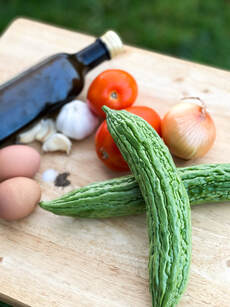 It’s 2023, and it’s time to ring out the old and bring in the new. As you embark on new beginnings, you will be surprised by how stories unfold and the goodness life has in store for you as you open up to trying new things and creating new goals. I think the world should celebrate more on the dates that we made changes and not just the fact that a year changes. That being the case, I hope you’re open to trying new things, embracing changes, learning, and living. I’m starting mine by spreading positivity and “GOURD” vibes all the way by learning about foods from different cultures and, at the same time, sharing my own. See what I did there with the “GOURD”? Let me share with you this humble vegetable-fruit called Bitter Gourd, which is not quite as famous and well-used here compared to where I came from, the Philippines. Keep reading as I will share tips on getting rid of the bitterness to make it a much BETTER gourd for you! What is Bitter Gourd? Bitter Gourd, also known as bitter melon, balsam pear, karela (in India), ampalaya (in the Philippines) or its scientific name Momordica charantia — a tropical vine of Cucurbitaceae, otherwise known as the gourd family. It belongs to the same family as squashes like zucchini and pumpkins, melons, and cucumbers. This plant thrives in both subtropical and tropical areas, including Asia, the Caribbean, South America, and some parts of Africa. Despite having a variety of names worldwide, two things remain consistent with this vegetable-fruit:
Did you know that Bitter Gourd... Is a rich source of vitamin C, which boosts your immune system, aids in decreasing inflammation, and promotes wound healing. It also provides folate, which is crucial for growth, development, and red blood cell formation. It also contains significant amounts of:
And if you’re still not impressed with this ingredient..
It's “gourd” for your…
Let the bitterness subside
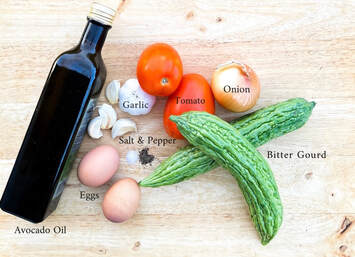 Stir-Fry Bitter Gourd Ingredients: 2 pieces bitter melon, cleaned & thinly sliced 4 cloves minced garlic ½ yellow onions, sliced 2 tomatoes, sliced into quarters 2 tablespoon avocado oil 2 raw & beaten eggs ½ tsp salt ½ tsp ground black pepper Directions: Soak the bittermelon with salt and water in a large bowl, then leave for 5 minutes. After 5 minutes, place the bitter melon in a cheesecloth, then squeeze tightly to drain excess liquids. Once the pot is heated, add the avocado oil and sauté garlic, onion, and tomato until translucent and fragrant. Add the bitter melon, give it a quick stir, then add salt & pepper to taste. Beat the eggs and pour over the bitter melon, then wait till the egg is partially settled before mixing. Serve hot, and enjoy! Optional: Add ground pork, beef, chicken, shrimp, or tofu to elevate this simple dish. Makes 4 servings Nutrition per 1 cup: 120 calories; 9.7 Fat; 3.6g Protein; 4.64g Carbohydrates; 1.2g Fiber; 103mg Sodium Incorporating Bitter Gourd is a great way to improve your eating habits this year; a low-calorie ingredient that retains the most helpful nutrients your body needs.
This is the only bitter taste you’ll ever need and a low-cost way to boost your health! Zamaira Chan, Dietetic Intern References: US Department of Agriculture. Bitter melon. Food Data Central, US Department of Agriculture. March 19, 2021. Accessed February 15, 2023. https://fdc.nal.usda.gov/fdc-app.html#/food-details/1548192/nutrients Clardy AE, Crudup S. Bitter melon. Tennessee State University Extension. Accessed February 18, 2023. https://www.tnstate.edu/extension/documents/Bitter%20melon%20fact%20sheet.pdf Silver N. Bitter melon and diabetes. Healthline. January 2018. Updated February 24, 2021. Accessed February 15, 2023. https://www.healthline.com/health/diabetes/bitter-melon-and-diabetes Diabetes co. Bitter melon and diabetes. Diabetes.co.uk the global diabetes community. January 2019. Updated January 25, 2023. Accessed February 15, 2023. https://www.diabetes.co.uk/natural-therapies/bitter-melon.html Elekofehinti OO, Ariyo EO, Orimoloye M, et al. Potential use of bitter melon (Momordica charantia) derived compounds as antidiabetics: In silico and in vivo studies. Pathophysiology. 2018;25(4):327-333. DOI: 10.1016/j.pathophys.2018.05.003 |
SD BlogA place for our consultant Registered Dietitian Nutritionists (RDNs) to share nutrition science, yummy and healthy recipes, tips on seasonal ingredients, and other nutritional musings. Enjoy! Categories
All
Archives
May 2024
|

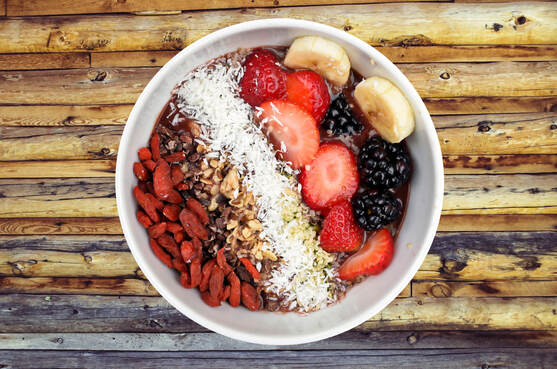
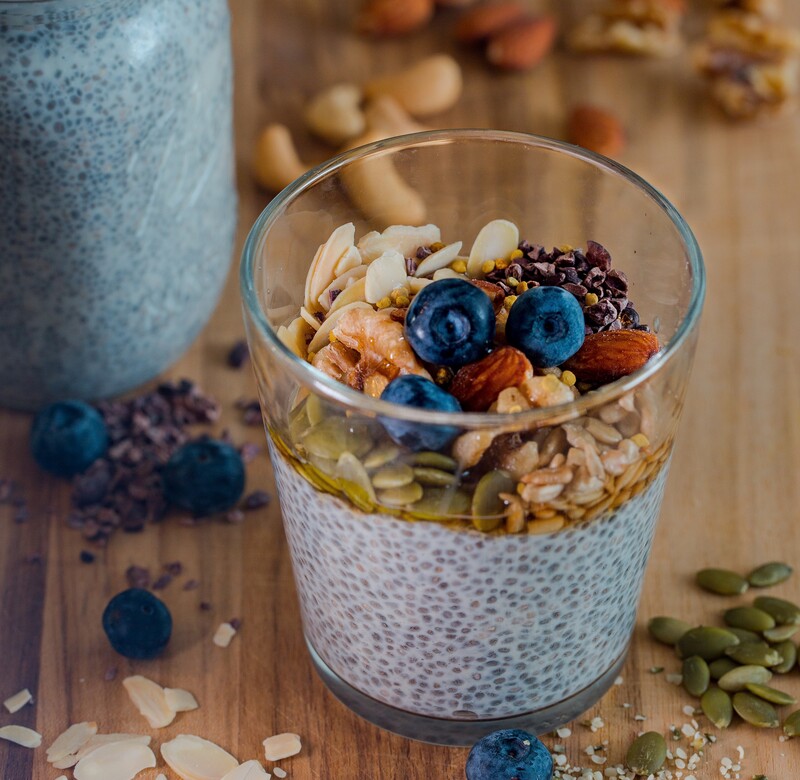
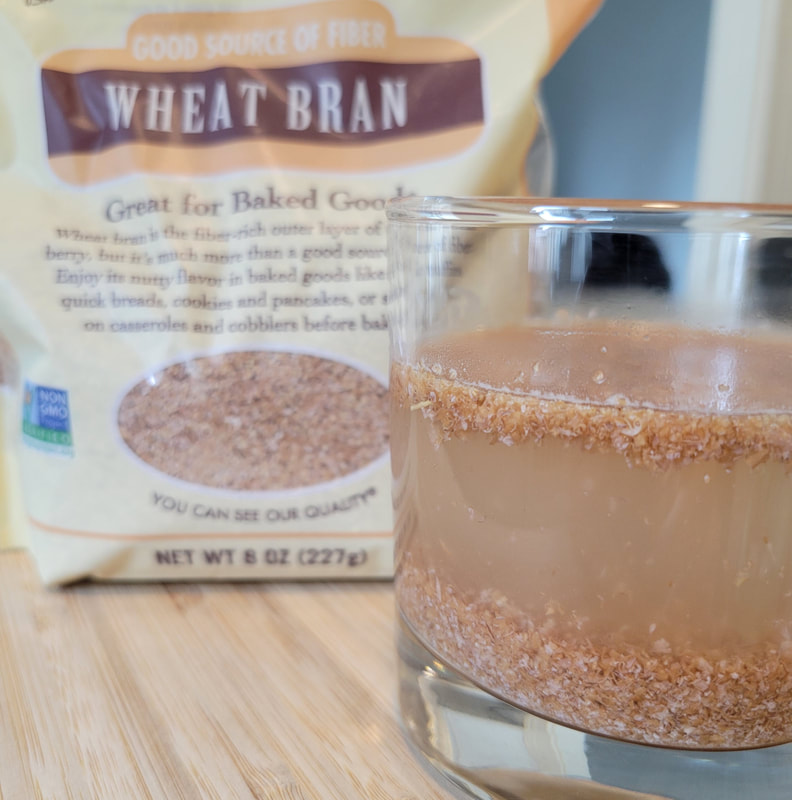
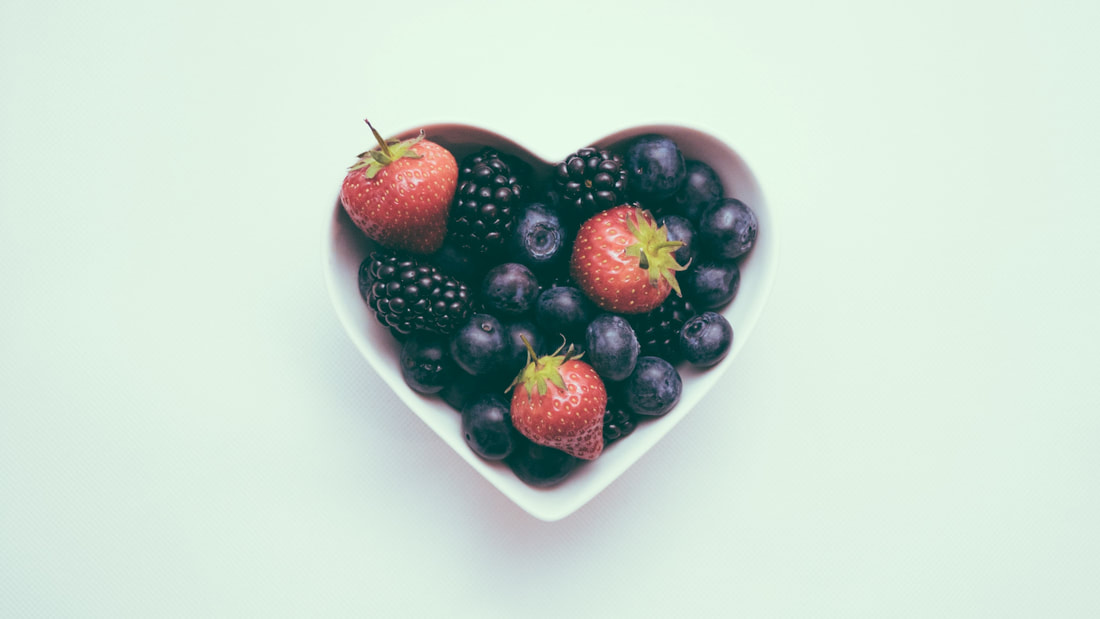
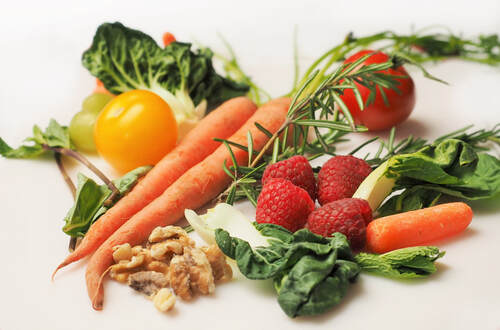

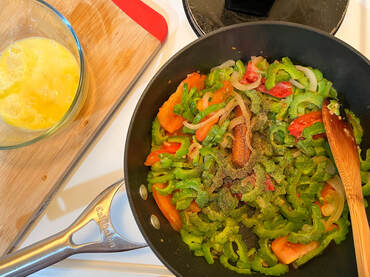

 RSS Feed
RSS Feed